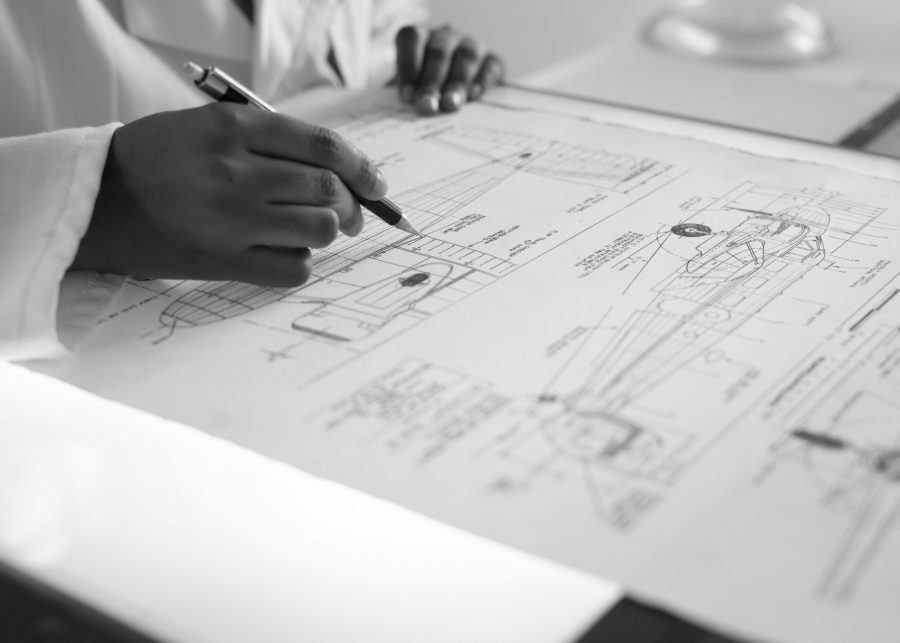My World: June 2021…
This is part of a series of articles where our contributors describe how they think things will look a year from now.
It seems so much longer than a year ago that we were all coming cautiously and thoughtfully out of lock-down. Wasn’t that just the most surreal of times? We learned new terms like ‘self-isolating’, ‘social distancing’ and ‘furlough’, which will now be fixtures in our lexicon as a reminder of that vicious pandemic.
Do you remember the Millennium Bug? We all took years of our working lives preparing for the worst…and the worst never happened. If we had been told Coronavirus was coming two or three years in advance, we would have been preparing methodically for that too. The fact that it happened to us almost overnight and in such indiscriminate fashion made us feel we were all victims of some invisible conflict – with our renowned wartime spirit but without the comfort of congregation. Even the early (and often very imaginative) stream of dark British humour assaulting our WhatsApp accounts tailed off with time.
In truth, the tragedy of loss of life and economic carnage was difficult to live through. Who would have wanted to be in the shoes of those who had make the judgement calls on finding the right balance between the health of the population and the health of the economy. We will never know if those calls should have been made earlier or later than they actually were, and I don’t subscribe to the witch-hunt which has followed by those who conveniently and temporarily put their politics to one side. Which part of the word unprecedented do they not understand? As we analysed, projected and modelled the virus and studied other countries as they were put to sleep and then re-awakened from their respective nightmares, any amount of science could never provide a guarantee of outcome. Perhaps we will never truly know why the UK ended up being Europe’s Covid basket case.
At Design Engine Architects, we went into lock-down with 29 live projects, three vibrant offices and a highly-motivated and talented team of over forty. As reality hit, and 60% of our projects were put on hold, we quickly set up the majority of people from home and put a relatively small number on furlough leave. I have never been so grateful for our IT Manager and Studio Manager and I was so impressed how seamlessly the transition was made from collaborative studio to individual makeshift home set-up. As founders of the company, we had to learn equally quickly about job-retention schemes and the various financial deferrals as guidance was drip-fed from central government. I remember saying to myself more than once “….I only wanted to be a bloody architect”!
It was clear to me almost immediately how this enforced new working pattern would change things permanently. Over the preceding years, we had yielded to the demands and expectations of flexible working with a combination of requests for core hours, 9-day fortnights, 4-day weeks and so on. Being of a certain age and imbued with a rather traditional work ethic, I confess to have found this new disconnected business pattern hard to assimilate – or accommodate – at first. After all, architecture is a team sport, involving a huge number of inter-connected disciplines. But Coronavirus put all this in the shade: questions of trust and self time-management were swept aside in the interests of a disparate yet somehow still collective compulsion to continue with our service in the most effective way possible.
Microsoft Teams and Zoom immediately became the communication of choice and this new way of operating together became surprisingly instinctive. Why were we chasing up and down motorways to meet people (who’s hands we still can’t shake today) when we could prepare, present, discuss and agree in such a measured way? I used to curse the fact that our extensive travel time wasn’t part of the job itself, it was just a means of getting ourselves to the place to do the job. Visits to construction sites to witness the build first hand were always inevitable, but even site inspections have been reduced by the changed culture of shared access to computer models, reports and site videos, so that troubleshooting and problem-solving has become more collaborative as a result. Once a confrontational relationship, the one between consultant and contractor has been softened by necessity. True, this spirit of co-operation was moving in the right direction anyway, but Covid accelerated it all.
I enjoyed the creativity of lock-down. Those of us still in work were perhaps even busier, often doing slightly alien tasks, but it forced us all to think laterally, fill our time with different things and look for opportunities to help. One of our little contributions was putting our 3D printers to use to make components for NHS respirators. Not on a huge scale of course, but these seemed to be a missing link in the manufacturing chain and our printers were lying idle.
Having survived three years of Brexit madness and the election, we entered 2020 with at least some hope for a bit more stability and certainty. Everyone had had enough. Then, the floods caused by the likes of Dennis and Jorge came and were catastrophic for communities, but those of us fortunate enough to be unaffected could only look on with empathy. Coronavirus was unique in that it put everyone in the same lifeboat. We all moved from what we considered ‘normal’ in our lives, eased our way through the crisis into our own ‘temporary normal’ and now we have the ‘new normal’.
I can see disruption for another year at least and I can count the lasting influences on our practice On a logistical level, our weekly face-to-face consultant meetings have been replaced with monthlies with Teams meetings in between; our three studios operate as one, so day-to-day geography counts for very little. We service projects from the most conveniently located studio, and our team is a little smaller than it was pre-lock-down. Our move to cloud-based servers has also been made permanent as we found accessing our huge drawing files much more efficient in our enforced world of separation.
On a more philosophical level, I do feel we have come to a crossroads. Our portfolio has always been diverse in sector, but strong in education of all types and this work seems even more important after the disruption suffered by pupils and students at key stages of their lives. However, those institutions are re-inventing themselves for global reach and this inevitably means fewer bums on seats and better virtual connections. The physical environment of a campus is still essential with competition between schools and universities more keen than ever, but spaces within are becoming more flexible and less prescriptive. I can see a programme of adaption of existing estates rather than investment in capital projects over the next few years.
Over the past year, I have noticed an emergence of projects which once might have been called ‘worthy’, now being deemed essential. So, out of adversity and sufferance comes a more altruistic approach to life and this can only be a good thing.
It was always going to be fascinating to see if the ‘all in this together’ sentiment was sustainable. As a population, we seemed to cope better with obeying the initial ‘rules’ than interpreting the subsequent ‘guidance’; where the ambiguity led to a degree of uncertainty and chaos. This was a result of yet another difficult balance in a country where civil liberty is a cornerstone, but my view the latter period was more unsettling. It also coincided with the unrest caused by the forensic examination of the country’s historical injustices (another one for the lexicon) and this caused fractured lines in an already stressed population. However, the movement is still of such importance and even if we have moved on by percentage increases that has to be regarded as progress. Rome wasn’t built in a day and society needs these shock waves every so often for us to take stock and force behavioural change.
From a personal perspective, I lost my father during lock-down as an indirect result of Coronavirus. For many of us who lost loved ones, it was hard having little or no access to them just at the time when human contact was most needed.
Despite all the highs and lows, I was conscious at the time that there might follow a sort of ‘lock-down nostalgia’, and I believe this has come to pass. There was so much good intent, family time, private reflection and mindfulness in that long moment, and we may not have the privilege of experiencing those priorities again in the foreseeable future.
I have said on more than one occasion that I will be disappointed if Design Engine reverts to its previous MO, and at a personal
My predictions for June 2021:
UK in recession: Yes
Sterling vs US$: Lower
Sterling vs Euro: Higher
UK base rate: Lower than 1%
UK RPI: Lower than 2%
Halifax UK house price Index: Lower
US President: Trump (Heck!)
UK/EU Trade Deal: No
UK/ USA Trade Deal: Yes
When this is all over I will be very disappointed if I let my MO revert to what it was before.








